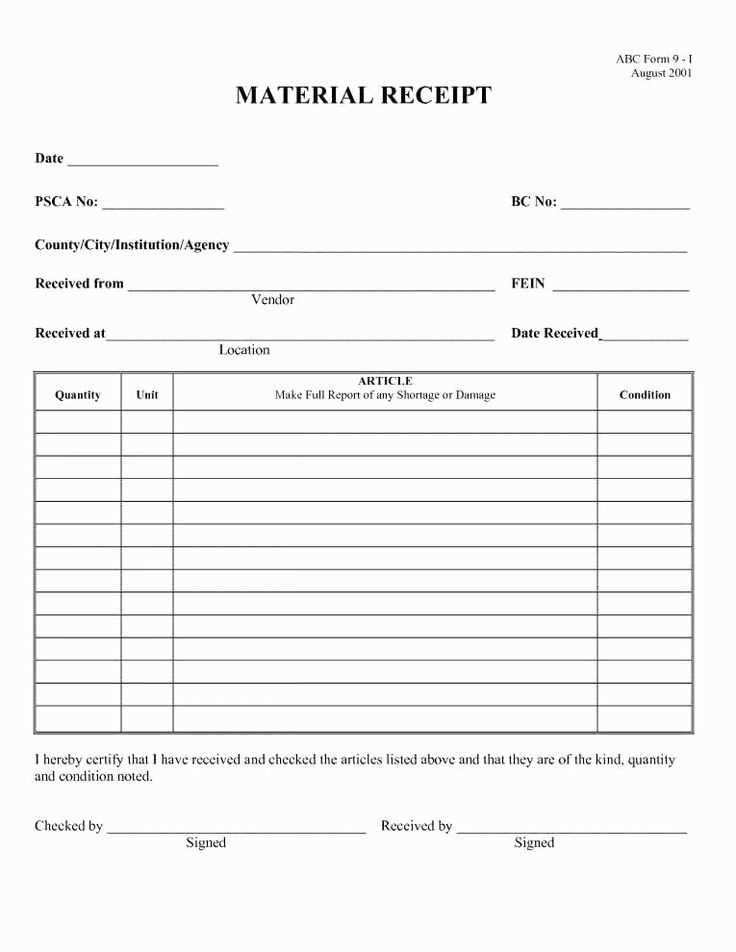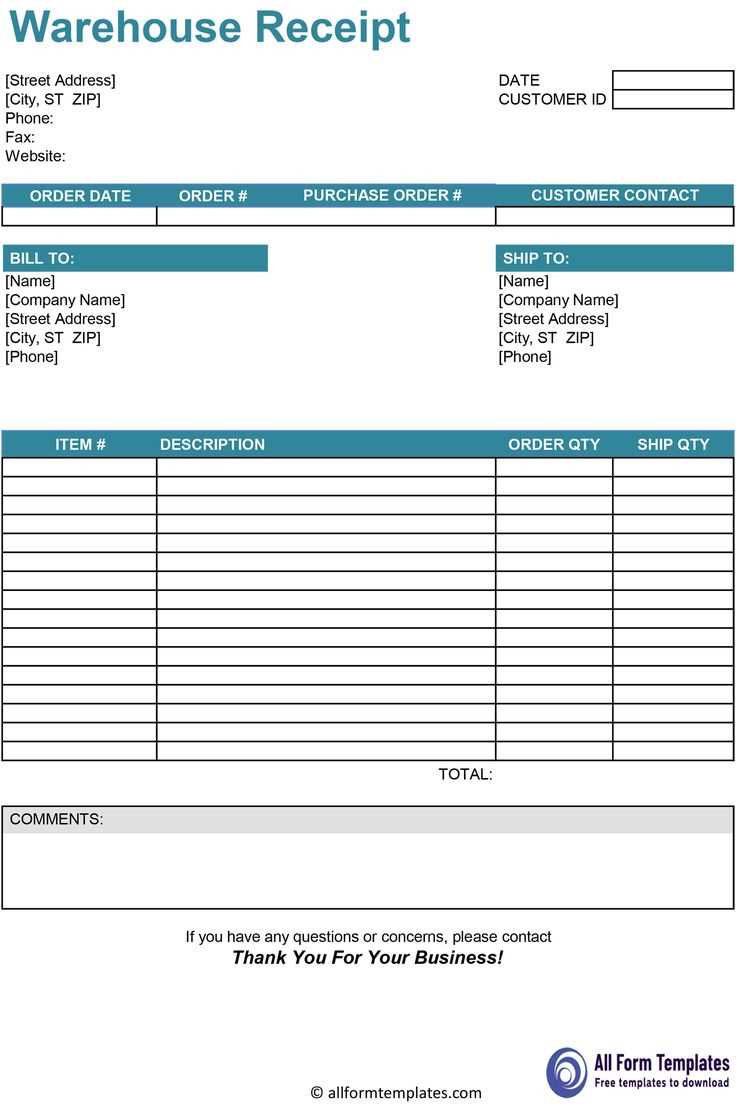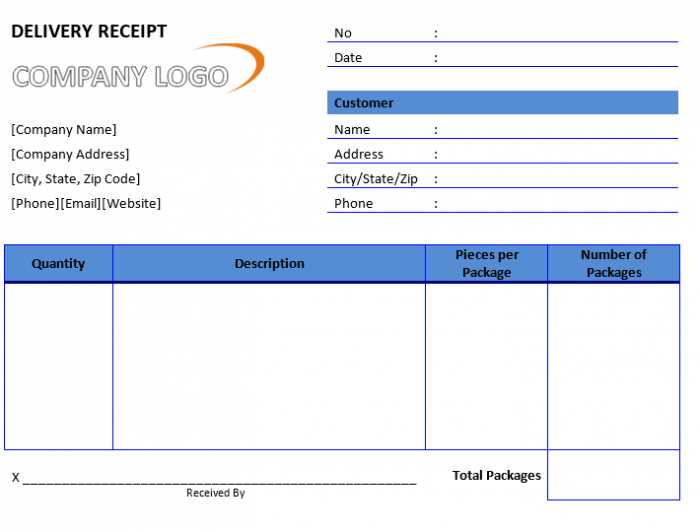
A key receipt form is a straightforward tool to document the transfer of keys. Use this template to ensure clarity and avoid misunderstandings when keys are handed over for temporary or permanent use. It’s especially useful in situations involving office buildings, rental properties, or any scenario where keys need to be tracked for accountability.
Start by including specific details like the recipient’s name, date, and the purpose of the key transfer. These elements set the stage for a clear and transparent record. Don’t forget to list the key(s) provided, including any identifiers such as serial numbers or markings that help to identify them easily.
At the end of the form, ensure a space for the recipient’s signature. This serves as confirmation of the receipt and acknowledges their responsibility for the key until it’s returned. Having this signed record helps protect both parties in case of lost or misused keys.
Key Receipt Form Template
A key receipt form should include specific details to ensure accountability and prevent confusion. It’s crucial that all sections are clearly defined and easy to understand.
- Recipient Name: Include the full name of the individual receiving the key.
- Key Description: Clearly describe the key, such as its number, type, or location.
- Date of Receipt: Note the exact date when the key was handed over.
- Signature: The recipient must sign the form to confirm receipt.
- Key Return Date (if applicable): If the key is to be returned by a specific date, include that information.
- Issuing Authority: Identify the person or organization that issued the key.
This template ensures that all key handovers are properly documented, offering a simple yet effective way to track who has access to specific spaces or items.
Choosing the Right Format for the Form

For optimal use, select a format that suits the specific needs of the key receipt process. Consider whether a digital or paper version is most practical. Each has its benefits depending on the intended environment.
Paper Format
- Simple to distribute and store.
- Ideal for environments with limited access to technology.
- Requires physical storage space and manual filing.
Digital Format
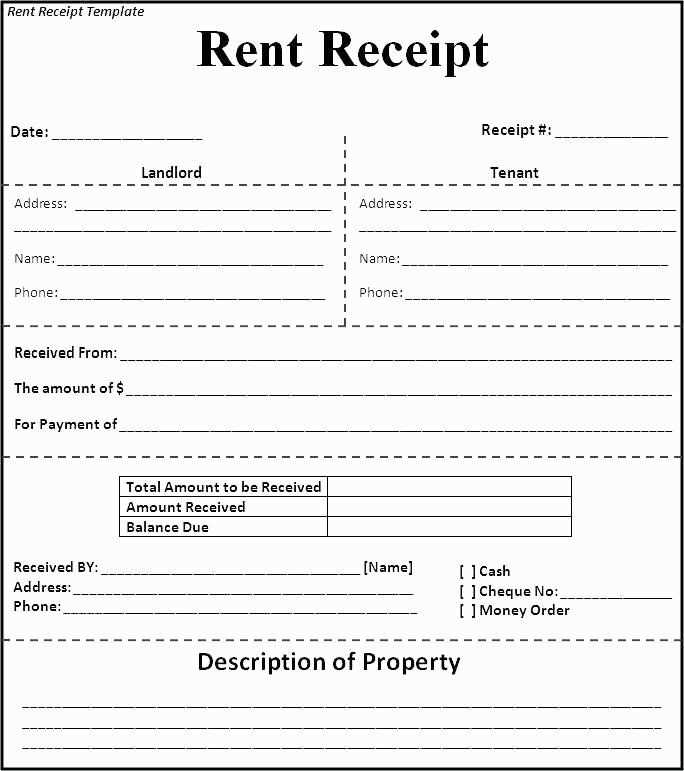
- Offers easy storage and retrieval with minimal physical space needed.
- Allows integration with other systems, making data sharing smoother.
- Ensures quicker updates and modifications, reducing errors.
Ultimately, choose based on accessibility and the volume of transactions. If you handle a high volume of receipts, digital formats provide easier management and faster processing. For less frequent use or in more traditional settings, paper forms may still be a practical solution.
Essential Fields to Include in a Key Receipt
The key receipt should clearly display the date of issue to establish a clear record. Specify the recipient’s name and contact information, ensuring easy identification of who is in possession of the key. Include a unique key identifier or number to avoid confusion with other keys. The location or room associated with the key should be indicated to prevent incorrect access. Specify the purpose for which the key is issued, helping to clarify the key’s intended use. Lastly, document the return date or condition under which the key must be returned to ensure accountability.
Include a signature field for both the recipient and the issuing authority, confirming the transaction. A remarks section can also be added to note any specific instructions or conditions related to the key’s use.
How to Track Key Distribution
Track key distribution by implementing a simple yet structured logging system. Record the date, recipient’s name, and reason for the key handover on a form each time a key is issued. This ensures clarity and accountability throughout the process.
Maintain a Centralized Record
Keep all key records in one accessible location. Use a physical logbook or an electronic spreadsheet that lists key serial numbers and the details of each transaction. This will help you track who has each key and when it was distributed.
Establish a Check-in/Check-out Procedure

Create a system for returning keys, and ensure employees sign in when they receive and return them. This minimizes the chances of keys going missing or being misused.
Setting Up a Digital or Paper-Based System

Choose a platform that suits your workflow, whether it’s digital or paper. For digital systems, use software that allows easy tracking, filing, and editing of data, such as spreadsheet tools or management software. Paper systems require clear, organized forms with space for necessary details like dates, names, and item descriptions. Both systems need a secure place to store the records, ensuring quick access when needed.
Implementing a Paper-Based System
Design a straightforward form layout with spaces for key details such as item received, person receiving, date, and additional notes. Keep physical copies in an organized filing system, using labels or tabs to differentiate categories. Regularly update and review the forms to maintain accuracy.
Establishing a Digital System
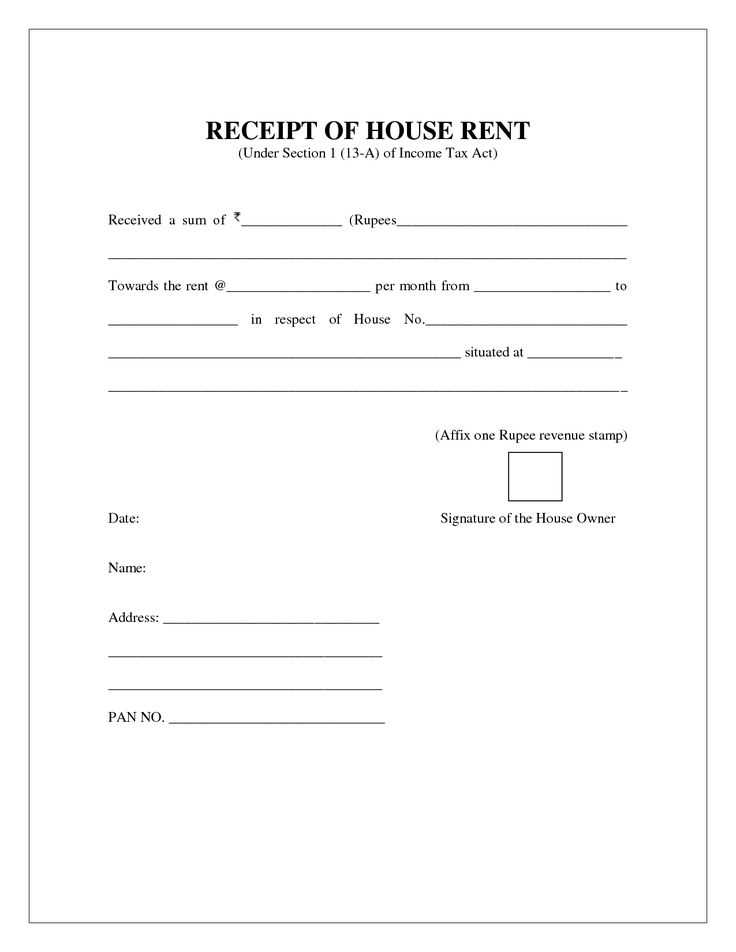
Leverage cloud storage or dedicated management platforms to ensure information is readily accessible and securely backed up. Create customizable templates to capture all necessary details. Automate reminders or notifications for follow-up actions to keep the process smooth.
Maintaining Security and Confidentiality
Limit access to the key receipt form to authorized personnel only. Assign unique identification codes to each form to track and verify users. Store completed forms in secure, access-controlled environments such as locked cabinets or encrypted digital storage. Apply multi-factor authentication for online access to ensure that only trusted users can view or modify sensitive information.
Ensure that all key receipt forms include a confidentiality clause, clearly outlining the responsibility of recipients to protect the data. Conduct regular audits to verify compliance with security protocols and identify any vulnerabilities in the process.
| Action | Details |
|---|---|
| Access Control | Limit access to the form based on roles and responsibilities. |
| Encryption | Use encryption for digital records and storage systems. |
| Audit Trails | Keep track of who accesses the forms and when, to detect unauthorized activities. |
| Secure Communication | Use encrypted communication channels for transmitting sensitive data. |
Regularly train all involved parties on the importance of confidentiality and the specific security measures in place. Monitor for any suspicious activity and enforce immediate corrective actions as needed.
Updating and Managing Record Keeping
Regularly review and update your key receipt forms to ensure all information is accurate and current. This includes verifying details such as key holders, issue dates, and return deadlines. Keep a clear log of any updates or modifications made to each record. This helps maintain consistency and accountability.
Tracking Changes
Implement a system for tracking changes to key receipt records. Use version control or timestamping to monitor updates. This way, you can easily identify who made changes, when they were made, and why. This provides transparency and helps prevent errors or misunderstandings over time.
Ensuring Data Accuracy
Regular audits are key for maintaining accuracy. Assign a dedicated person or team to review the records periodically. They should check for missing or outdated information, and confirm that all key transactions are properly logged. Clear documentation of each key transaction reduces the risk of discrepancies.
